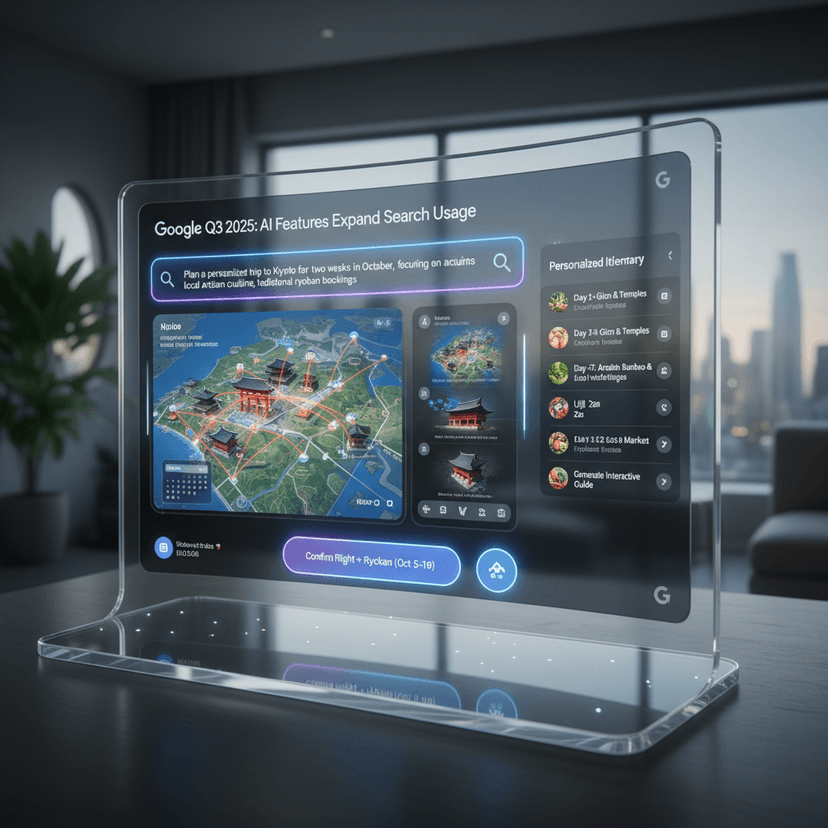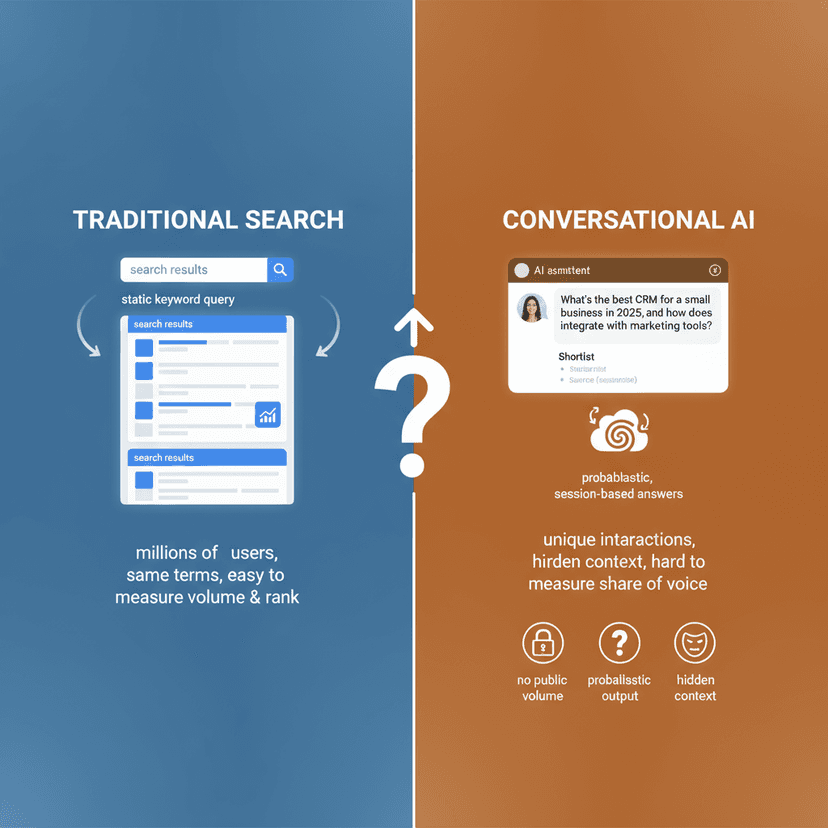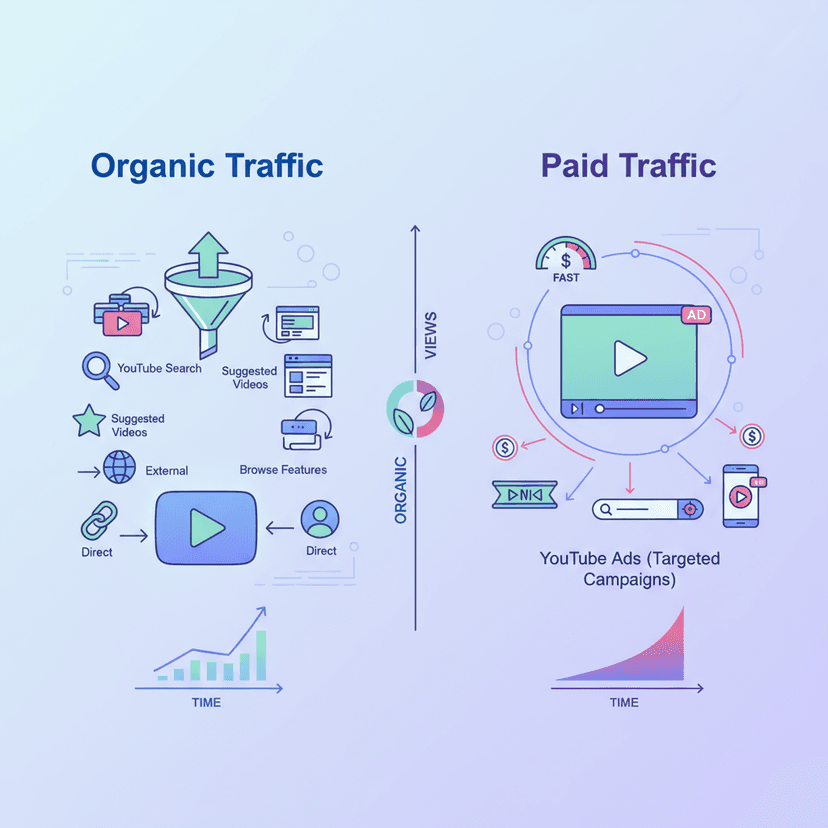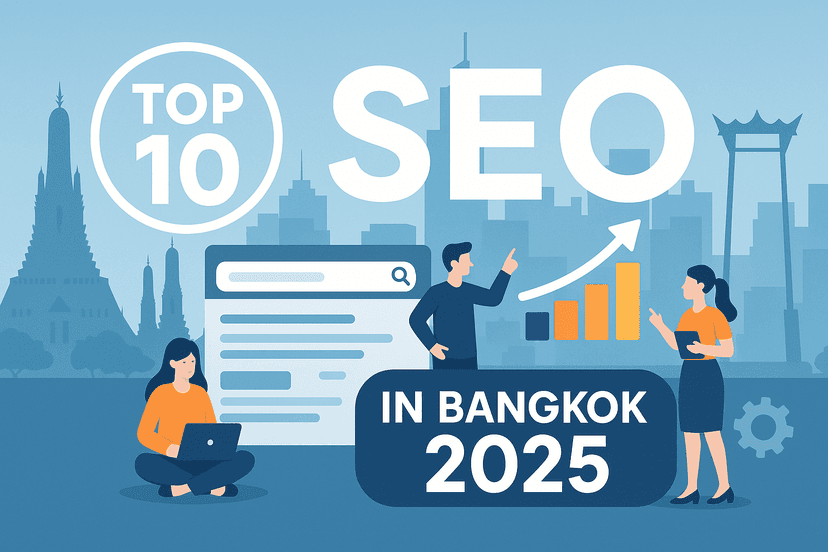Introduction
In 2025, visibility in search has taken a whole new meaning. Whether you call it SEO, AIO, or GEO, the rules of the game have changed. The explosion of AI-assisted search tools like Microsoft Copilot, Bing Chat, and Microsoft Start has transformed how users find and interact with content. AI is no longer just retrieving links—it’s selecting content. And that selection starts with how content is written, structured, and optimized.
If you want your content to be surfaced in AI-generated answers, you need to optimize content for Microsoft Search to show in AI. This article dives deep into the strategies and best practices you need to follow to ensure your content is not just visible—but selected.
Why AI Search Changes the Game
AI search tools don’t just pull from a list of ranked pages. They parse content, extract useful bits, and assemble personalized responses. This means your content might be used to generate an answer—even if it doesn’t appear on the first page of traditional search results.
In June 2025 alone, AI-driven referrals to websites jumped 357% compared to the previous year. That’s more than a billion visits from AI systems like Microsoft Copilot, which is powered by Bing’s index. With Microsoft embedding AI search into everything from their browser to their productivity apps, your content’s visibility now hinges on how well it can be understood and repurposed by AI.
For businesses looking to leverage this shift, understanding Content Marketing is crucial. It ensures your content aligns with both user intent and machine logic.
What Makes Content Stand Out in AI Search
Traditional SEO is still relevant. You still need crawlable content, good metadata, internal links, and backlinks. But these are just the basics. What AI systems care about most is:
- Clarity: Is your content easy to interpret?
- Structure: Is your content broken into logical, digestible parts?
- Authority: Are you a trusted, credible source?
- Relevance: Do you answer real user questions?
To optimize content for Microsoft Search to show in AI, you have to go beyond rankings—you need to provide clean, modular, and semantically rich content that AI can easily lift and insert into its responses.
Effective SEO Thailand strategies can further enhance your content’s ability to rank and be selected by AI systems.
How to Structure Content for AI Search Visibility
Titles, Descriptions, and H1 Tags
These three elements are often the first things AI systems evaluate. They help determine the context, purpose, and scope of your page.
- Title Tags: Use clear, natural language. Avoid keyword stuffing and focus on summarizing the value of the content.
- Meta Descriptions: Provide a brief, compelling summary that explains what the user will get from the page.
- H1 Tags: Your main heading should reflect the page title. This reinforces consistency and helps AI systems trust the content alignment.
Example:
- Title: Best Quiet Dishwashers for Open-Concept Kitchens
- H1: Quietest Dishwashers for Modern Homes
- Meta Description: Explore top-rated dishwashers designed for open kitchens, featuring ultra-low decibel ratings, energy efficiency, and smart-home compatibility.
For businesses aiming to improve their online presence, mastering Web Design can significantly impact how effectively your content is presented.
Using Headings Effectively (H2s and H3s)
Headings help break content into chunks. For AI, they serve as signposts that define where one topic ends and another begins.
Bad Example: “Learn More”
Good Example: “What Makes This Dishwasher Quieter Than Most Models?”
Use
and
tags consistently to separate sections and subtopics. This helps AI systems parse the page and identify relevant pieces of information.
Q&A Formatting
People often type questions into search engines, and AI tools are built to respond conversationally. Including Q&A sections in your content allows AI to extract direct answers.
Example:
- Q: How quiet is the dishwasher?
- A: It operates at 42 decibels, which is quieter than most models on the market.
Use this format naturally throughout your content to improve liftability into AI summaries. Additionally, leveraging Programmatic advertising can amplify your reach to targeted audiences.
Lists and Tables
Structured content like lists and tables are goldmines for AI. They allow systems to quickly interpret complex data and present it clearly in an answer.
Weak Example: A paragraph describing features
Strong Example:
Top 3 Features:
- 42 dB noise level
- Energy Star certified
- Compatible with Alexa and Google Home
Use numbered steps for how-to guides, bulleted lists for features, and tables for comparisons.
The Role of Schema Markup
Schema markup is structured data that gives AI systems additional context about your content. It’s typically implemented in JSON-LD format and tells AI whether your page is about a product, a review, an FAQ, or something else.
Adding schema helps Microsoft Search and Bing-based systems better understand your content, increasing the likelihood it will be surfaced in AI responses. Most content management systems like WordPress or Shopify support schema plugins, or your developer can add it manually.
Common schema types include:
- Product
- FAQ
- Review
- HowTo
- Event
While schema won’t guarantee selection, it gives your content a clearer signal, helping you optimize content for Microsoft Search to show in AI.
For businesses seeking to expand their digital footprint, exploring Google Ads can complement your content strategy.
Common Mistakes That Hurt AI Search Visibility
Avoid these pitfalls that reduce your chances of being included in AI-generated answers:
- Walls of Text: Long paragraphs make it hard for AI to parse sections.
- Hidden Content: Avoid placing important information in tabs or expandable menus.
- PDF Reliance: Use HTML for key content. PDFs lack structure and are harder to parse.
- Image-only Information: AI may not reliably extract text from images. Always include alt text and provide HTML versions of critical information.
How to Write Clear, Structured Content for AI Search
Semantic Clarity and Intent-Based Writing
Semantic clarity means writing in a way that directly aligns with user intent.
- Be specific: Instead of saying “eco-friendly,” say “uses 30% less water per cycle.”
- Use related terms: Reinforce meaning with synonyms (quiet, low noise, sound rating).
- Add context: Don’t just say “quiet dishwasher.” Say “42 dB dishwasher ideal for open-concept kitchens.”
Formatting and Punctuation Best Practices
- Keep punctuation simple: Use periods and commas. Avoid emojis, arrows, or excessive symbols.
- Avoid overusing em dashes: They can confuse parsing systems. Use periods or semicolons instead.
- Use bullets and numbers sparingly: They’re great for steps or features but overuse can dilute readability.
Writing Mistakes That Reduce Visibility
- Overloaded Sentences: Don’t cram multiple ideas into one sentence.
- Unanchored Claims: Avoid vague phrases like “next-gen” or “cutting-edge” without supporting facts.
- Decorative Symbols: Stay away from stars (★★★) or arrows (→) that distract AI from the actual content.
Optimizing for Snippet Selection
In AI search, snippets are not just previews—they’re building blocks of answers. To improve your chances of being selected:
- Be concise: Provide one- to two-sentence answers.
- Use structured formats: Lists, Q&As, and tables are easily lifted.
- Make content self-contained: Each sentence should make sense on its own.
- Use strong headings: They help AI identify where a complete idea begins and ends.
Integrating Lead Generation Service tactics can also drive qualified traffic to your site, enhancing overall performance.
Checklist: Essential Practices for AI Search Visibility
To wrap it all up, here’s a quick checklist to help you optimize content for Microsoft Search to show in AI:
- Ensure crawlability, metadata, and internal linking
- Use clear, aligned titles, descriptions, and H1 tags
- Break content into modular sections with H2 and H3 tags
- Include Q&A formats and structured lists or tables
- Implement schema markup relevant to your content type
- Avoid hidden content, PDFs, and image-only data
- Write with clarity, precision, and intent
- Keep formatting clean and punctuation simple
- Make content snippable and self-contained
Conclusion
The rise of AI-powered search tools like Microsoft Copilot has changed the rules of digital visibility. Success is no longer about being on page one—it’s about being chosen as part of the answer.
To thrive in this new environment, you must optimize content for Microsoft Search to show in AI. That means writing clear, modular, and structured content that speaks to both human intent and machine logic. From using schema markup to crafting snippable answers, every piece of your content plays a role in being selected by AI.
While there are no guarantees, following these strategies gives your content the best chance to be seen, used, and trusted. The future of search is here. Make sure your content is ready for it. For those interested in staying ahead, consider leveraging Display Advertising to maximize your visibility across platforms.







